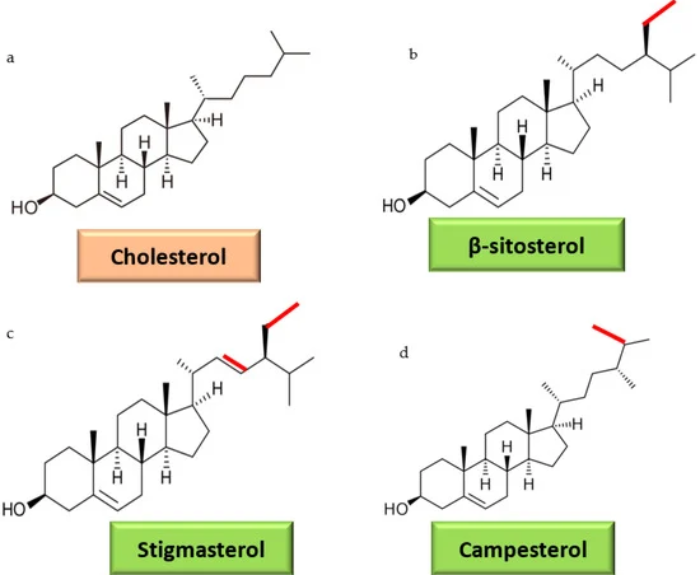Bread Crust Compounds Show Potential in Battling Gastric Infections
In recent years, the medical community has been grappling with the increasing prevalence of antimicrobial resistance, particularly in the context of Helicobacter pylori infections. This persistent bacterium, known for its role in various gastrointestinal diseases, has prompted researchers to explore alternative treatment approaches. A recent study has shed light on an unexpected ally in this battle: melanoidins derived from bread crust.
Helicobacter pylori, a spiral-shaped bacterium that colonizes the human stomach, is notorious for its ability to survive in harsh gastric environments. It’s associated with a range of gastrointestinal issues, from chronic gastritis to peptic ulcers and even gastric cancer. The rising resistance of H. pylori to conventional antibiotics has created an urgent need for novel therapeutic strategies.
Enter melanoidins, complex brown polymers formed during the Maillard reaction – a chemical process that occurs when foods are cooked at high temperatures. These compounds, abundant in the crust of bread, have piqued the interest of scientists due to their potential antimicrobial and antivirulence properties.
The study in question focused on melanoidins extracted from two types of bread crust: common bread and soft bread. Using dead-end ultrafiltration, researchers isolated these compounds and then subjected them to in vitro digestion to obtain bioaccessible fractions. This approach mimics the human digestive process, providing insight into how these compounds might behave in the body.
The research team evaluated the bactericidal effect of melanoidins at concentrations of 2% and 4% over periods of 24 and 48 hours. Additionally, they examined how gastric and intestinal bioaccessible fractions of melanoidins, at concentrations of 100 μg/mL and 200 μg/mL, affected H. pylori’s ability to adhere to Caco-2 cells, which are commonly used as a model for the intestinal epithelial barrier.
The results were promising. Melanoidins demonstrated significant bactericidal activity against H. pylori, with soft bread melanoidins showing a more pronounced effect. Interestingly, the gastric fractions exhibited a higher inhibitory effect on bacterial adhesion. This finding is particularly relevant given that the gastric mucosa is the primary site of H. pylori infection.
Beyond their antimicrobial properties, both bioaccessible fractions of melanoidins showed anti-inflammatory and antioxidant effects against H. pylori-induced inflammation. This was evidenced by a reduction in the release of pro-inflammatory cytokines (interleukin-6 and interleukin-8) and an increase in the anti-inflammatory cytokine interleukin-10. Furthermore, the melanoidins appeared to improve the overall redox status by reducing reactive oxygen species (ROS) and maintaining glutathione levels.
These findings underscore the potential of melanoidins, particularly those derived from soft bread, as bioactive compounds in the fight against H. pylori. The study opens up new avenues for functional food development, suggesting that compounds found in everyday foods like bread could play a role in combating one of the most prevalent bacterial infections in humans.
Commentary by SuppBase columnist Alice Winters

This groundbreaking study on melanoidins from bread crust presents a fascinating intersection of food science, microbiology, and public health. As a supplement and health product commentator, I find several aspects of this research particularly intriguing and worthy of deeper analysis.
First, the focus on melanoidins exemplifies a growing trend in nutraceutical research: the exploration of bioactive compounds in common foods. This approach not only offers potential for developing new functional foods but also aligns with consumer preferences for natural, food-derived health solutions. The fact that these beneficial compounds are found in bread crust – often discarded or less preferred – adds an element of sustainability to this research.
The study’s methodology, particularly the use of in vitro digestion to obtain bioaccessible fractions, is commendable. This approach provides a more realistic assessment of how these compounds might behave in the human body, bridging the gap between laboratory findings and potential real-world applications. However, it’s crucial to note that in vitro results don’t always translate directly to in vivo efficacy, and further studies, including human trials, would be necessary to confirm these promising findings.
The differential effects observed between common and soft bread melanoidins raise interesting questions about the impact of bread-making processes on the formation and potency of these compounds. This could have implications for the baking industry and might spark interest in developing breads optimized for melanoidin content.
The multi-faceted benefits of melanoidins – antimicrobial, anti-inflammatory, and antioxidant – are particularly noteworthy. In the context of H. pylori infections, which often involve chronic inflammation and oxidative stress, compounds that can address multiple aspects of the disease process are highly valuable. This multi-pronged approach could potentially lead to more effective and holistic treatments.
However, it’s important to exercise caution in interpreting these results. While the study shows promise, several questions remain unanswered. For instance, what is the optimal dosage for human consumption? How do these compounds interact with the complex microbial ecosystem of the gut? Are there any potential side effects or contraindications, especially with long-term use?
From a market perspective, these findings could potentially revolutionize the functional food and supplement industry. We might see the development of specialized bread products marketed for gut health, or supplements derived from bread crust extracts. However, such products would need to overcome potential challenges, including taste, stability, and bioavailability when consumed in food form.
In conclusion, while this research opens exciting possibilities for natural H. pylori management, it’s crucial to view it as a stepping stone rather than a definitive solution. As we continue to face the challenge of antimicrobial resistance, studies like this highlight the importance of looking beyond conventional pharmaceuticals and exploring the therapeutic potential of compounds in our everyday diet. The journey from this laboratory finding to a viable health product is long and complex, but it represents a promising direction in the ongoing battle against H. pylori and the broader field of gastrointestinal health.



